Want to learn about roadmapping?
Navigating the product development process is like entering an escape room.
If you don’t have a game plan, you and your team will be running around in circles frantically, unable to achieve anything until the time runs out.
A product roadmap is your ticket out of this mess!
But what is it?
A product roadmap guides product teams during the software development process. It visualizes what the product would look like in the future and the steps to get there. An increasing number of customers only buy software that has well-defined product roadmaps.
In this article, we’ll cover everything about product roadmaps like why you need them, and the best product roadmap software to help you with your roadmapping journey.
Let’s start unlocking the powers of roadmapping!
What Is Product Roadmapping?
Roadmapping is a process where an organization figures out where they should be headed in the future, and identifies the path they need to take to get there.
This includes determining the actions, processes, and resources to transform an initiative from a vision to reality: kind of like creating a magic spell!

However, product roadmapping isn’t as easy as waving a wand.
You and your product team would have to lay down a well-detailed roadmap.
What is a product roadmap?
A product roadmap is a document used by the product manager (or project manager) to communicate what kind of product needs to be built, why they need it, and how to go about it.
Everything’s neatly arranged, all in one chart, like it is here:
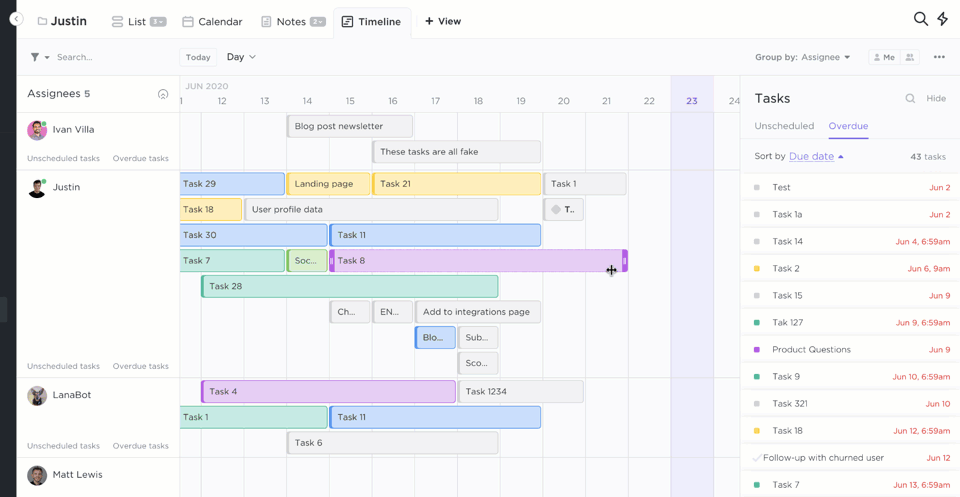
If product roadmapping is done correctly, this happens:
- Developers can identify crucial tasks quickly and make smarter decisions
- The development team can work together with other internal teams like design, and marketing
- Your sales team knows about all the upcoming product features and can address customer needs better
- The development process is simplified and can be understood by any stakeholder
Note: Product roadmaps ≠ Product backlog
A product backlog contains a list of deliverables (which includes every user story, product feature, and task) that need to be completed for a successful product release. A product roadmap is a strategic planning document and not just a list of product features.
What are the 6 types of roadmaps?
The product roadmap is just one roadmap example.
Let’s take a look at the most popular roadmaps out there.
1. What is an Agile product roadmap?
An Agile roadmap is a timeline that indicates how an Agile project will evolve over a period of time. They’re generally used by the product owner to predict the future features of the product.
Think of the Agile roadmap as (reliable) Tarot Cards for developers.

Don’t worry; there’s no ‘Death’ card in an Agile roadmap!
2. What is a portfolio roadmap?
A portfolio roadmap visualizes every planned product release or initiative into one comprehensive timeline. Essentially, it’s like a product roadmap, but for multiple products.
It lays down the strategy that the product team and the product manager have in mind. It also indicates where the team is headed in the future. Once or twice a year, the product leader (Chief Product Officer) drafts the portfolio roadmap and presents it to upper management.
3. What is a release roadmap?
Also known as a release plan, it tells different teams what they need to do before they release a product. It also visualizes the processes that need to be done, and who’s responsible for each of the deliverables.
A release plan is a great tool that allows developers, marketers, customer service, and other internal teams to collaborate on the product release.
4. What is a feature roadmap?
A feature roadmap is a timeline that highlights when new product features will be released. It lets customers know what to expect from future updates. Feature roadmaps are often built with customer needs in mind.
(Psst… Check out our feature roadmap here. We usually release 1 product feature every week.)
5. What is a strategy roadmap?
A strategy roadmap lays down what a team needs to do in order to achieve their business goals and objectives. It generally includes the company’s strategic vision, values, goals, product ideas, potential roadblocks, and milestones.
Without the strategy roadmap, your internal teams would struggle to make key decisions, which can often spell disaster for them!
6. What is a technology roadmap?
A technology roadmap is a document that visualizes the technology adoption plan at a company. Technology roadmapping is essential for businesses to figure out which technologies must be adopted and which should be phased out.
Why Is A Product Roadmap Important?
The chief benefits of having a roadmap resource are that it:
- Gives development teams a clear direction
- Increases transparency for customers and stakeholders
- Allows teams to stick to the plan
Kind of like that voice inside our heads that tells us what to do!
Except, a product roadmap isn’t imaginary.
Now let’s take a closer look at the advantages of having a product roadmap!
1. Gives your development teams a clear direction
There are so many things that can go wrong before a product release.
Your product might have tons of bugs or there may be developmental hiccups along the way.
If you don’t have a clear vision of what you’re working towards, your project team can’t overcome such challenges.
That’s why a roadmap serves as a guide, showing them the exact path they need to take to successfully complete the project and achieve their goals.
2. Increases transparency for external stakeholders and customers
Customers often believe that the product team pays as much attention to their requests as we do to those endless ads on TV.
Sharing an external roadmap can show the users they are listening to them, which attracts potential customers too.
Additionally, your key stakeholders can use this to track the progress of your product. This can eliminate the need for regular Zoom status meetings.
3. Allows teams to stick to the product plan
Your team might be knocking every project sprint out of the park…but are they making an impact on your business goals?
A product or project roadmap clearly defines the business goals and objectives that need to be met.
This way, a product manager can look at the current product metrics and see how close they are to the goal. If your team is nowhere close to meeting the business objectives, they can quickly abandon their current strategy and try something new.
How Do You Create A Product Roadmap?
Here are the steps you need to create an amazing product roadmap:
- Step 1: Lay down your product strategy
- Step 2: Collect inputs
- Step 3: Begin the roadmapping process
- Step 4: Draft multiple roadmaps for different audiences
- Step 5: Share your roadmaps with key stakeholders
But how do you go about this process?
Simple: use a modern roadmapping tool like ClickUp to help you make quick and convenient product roadmaps.
What’s ClickUp?
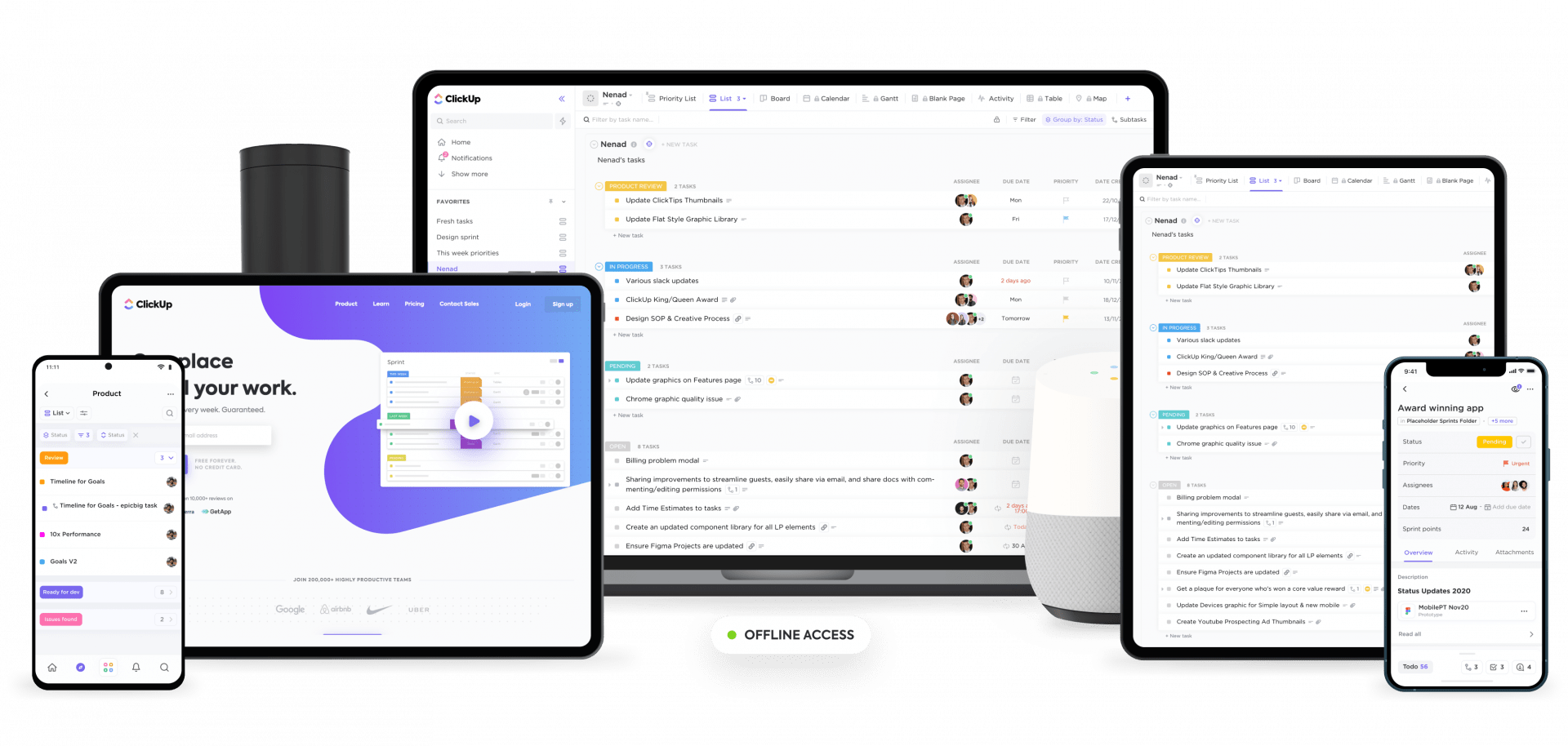
ClickUp is the world’s highest-rated project management and roadmapping tool.
Now that you know what tool you need, let’s take a look at how to conjure up great product roadmaps:
Step 1: Lay down your product strategy
Before you begin the development process, you’ll need the go-ahead from either internal stakeholders or external stakeholders.
How do you get this?
You need to pitch them a product strategy, ‘Shark Tank’ style.
The strategy answers 5 basic stakeholder questions:
- What are the strategic goals this product can achieve?
- What’s your product vision?
- Who is this product for?
- What problems will this product solve?
- How is your product different from every other initiative?
If you don’t present a carefully drafted strategy to your stakeholder, you’ll receive this ‘wonderful’ response:

Don’t worry though.
ClickUp’s Docs allows you to create a strategy document with ease. It even allows you to collaborate with your team members and stakeholders in real-time.
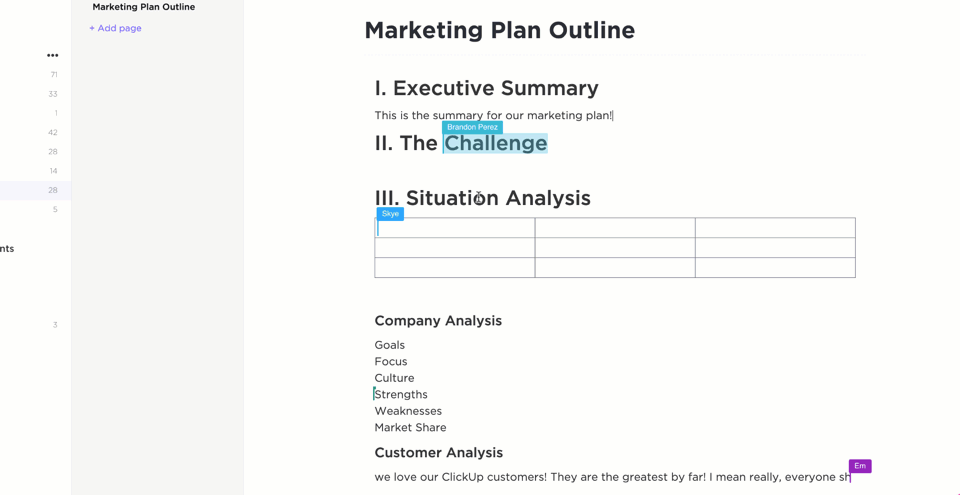
But that’s not enough.
You need to add strategic goals and objectives to the roadmap.
So how do you do that?
Consider setting up a meeting with key stakeholders like the CEO and product leaders. Use this meeting to discuss their high-level goals.
You can then create relevant (and SMART) product goals with ClickUp’s Goals feature:

Once you’re done, you can add Targets for your professional goals. Targets are just another name for business objectives.
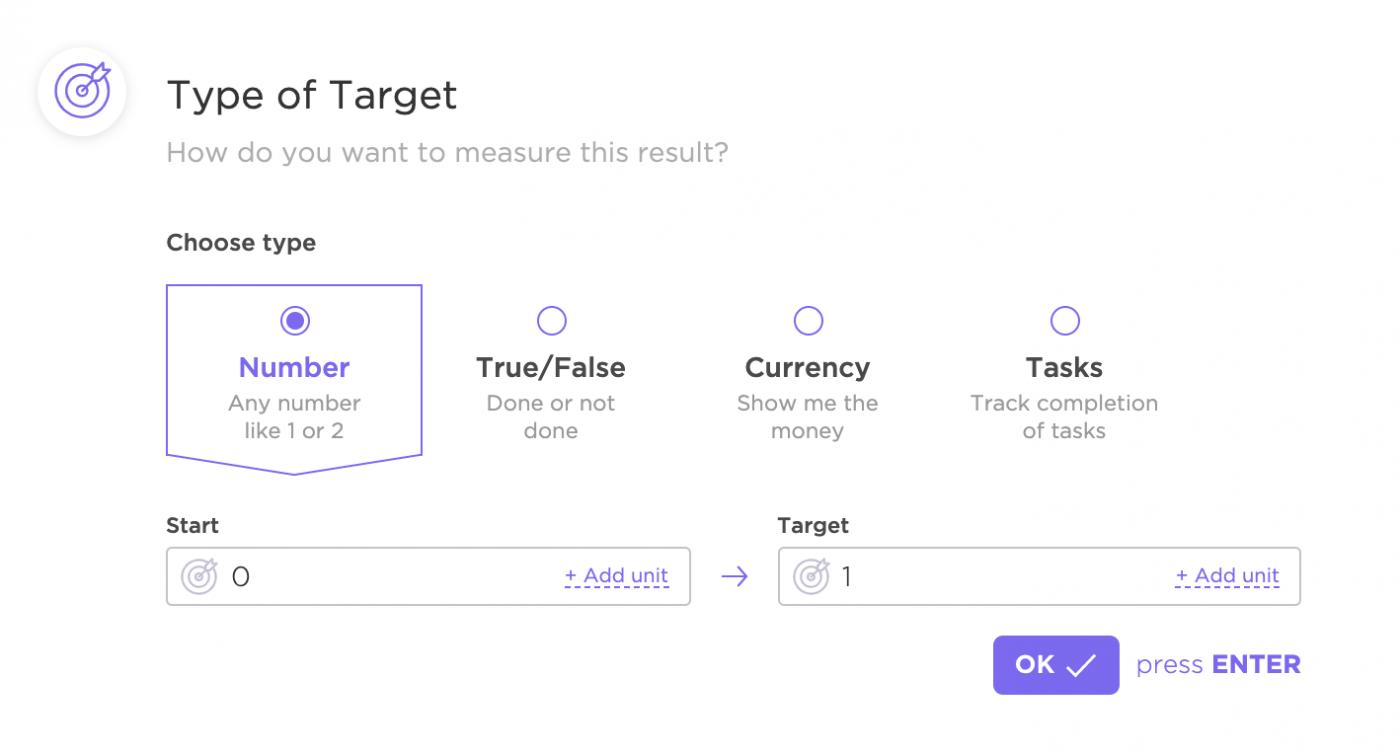
The more Targets your team meets, the closer they get to crushing their goals. ClickUp lets them see their progress in real-time, so they can get charged up to work at a thunderous pace.
Step 2: Collect inputs
Now that you have a product strategy in place, you need to figure out the features or product ideas for your roadmap.
You need to gather inputs by interacting with stakeholders, team members, and potential customers. Remember, customer feedback is essential in order to build a product everyone loves.
Here’s an example:
Remember that awful Sonic movie trailer?

Everyone hated it, and the filmmakers had to re-animate the entire movie to appease the audience. And after the movie was remade, it was a surprising hit!
So how can you gather feedback from stakeholders?
ClickUp’s Form View lets you create beautiful and customizable forms that you can share with your stakeholders. All their responses are turned into tasks, so you’ll be able to easily review them for implementation.

You’ll now need to carefully pick out the ideas and customer feedback that align with your strategic thinking and vision.
Do it right, and you’ll discover innovation where you least expect it.
Step 3: Begin the roadmapping process
Now that you have a strategic plan and ideas, it’s time to put them together onto a roadmap.
Just like there are many ways to cook an egg (scrambled ftw), there are lots of techniques to plot a traditional roadmap.
But what’s the best roadmap format?
Most roadmaps are in the form of a timeline or Gantt chart.
There are two ways to go about this roadmapping.
The hard way:
- Create a project timeline
- Divide the timeline into different phases (for ex. Financial Year 19-20, etc.)
- Arrange different processes and features to be developed based in chronological order
- Include priority tasks first
- Plot start and end dates for each process manually
And here’s the easy way:
You don’t have to draft every product roadmap from scratch. All you need to do is input your process and initiative name, make a few tweaks, and you’re done.
And ClickUp has every product management template you can think of.
For example, you can have a project roadmap in the form of a classic Gantt chart, which highlights what processes are dependent on each other.
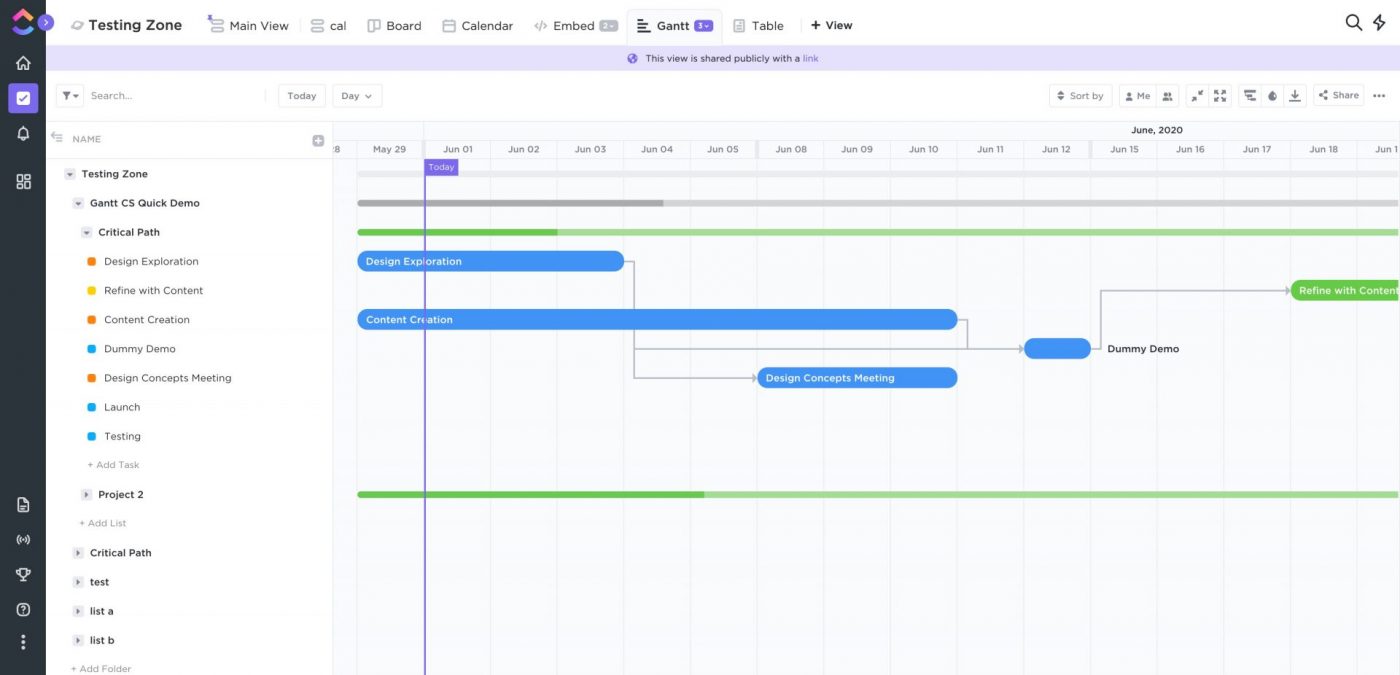
Alternatively, you can arrange the processes in a neat list for each development phase.
In this product roadmap template you can:
- List the processes involved
- Highlight priorities
- Mark the project team responsible for the process
- Track progress of each task
- Add custom fields of your choice
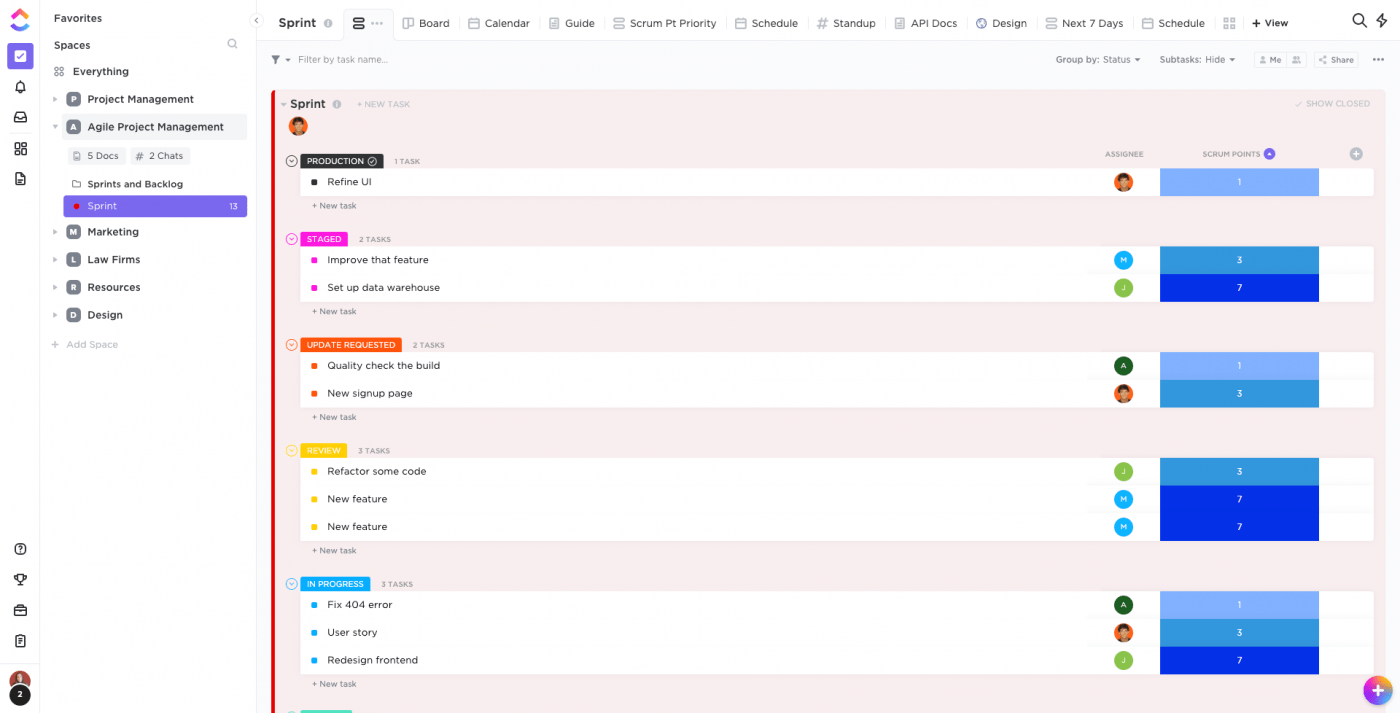
However, both these roadmaps are more suitable for external stakeholders as they only show a high-level overview of the product development process.
But what if you want a detailed, internal roadmap that your developers can follow to build a product?
In that case, the Timeline view is your best friend. It allows you to assign tasks to each team member and adjust their schedule with a quick drag-and-drop.

Step 4: Draft multiple roadmaps for different audiences
Your product roadmap needs to be adapted for multiple stakeholders.
Why?
Different audiences have different requirements, interests, and preferences.
For example, some people like Burger King, while others prefer McDonald’s.
You’ll need to customize the roadmap data, so they can have it their way.

Here are some key stakeholders, and what they usually like to see in a product roadmap:
- Leadership team: how the future product aligns with the corporate strategy
- Developers: features, deadlines, sprints, specific tasks (as shown above)
- Sales: who the product is for and the advantages the product provides
- Marketing: every unique product feature, product’s sales potential
- Potential customers: upcoming updates, features, and expected product release date
Step 5: Share your roadmaps with every key stakeholder
Finally, we’ve made it to the end of the roadmapping process.
However, before you break out the celebratory champagne, there’s one last thing that needs to be done.
You’ll need to share the roadmaps with every stakeholder.
How?
With the help of a product roadmap software!
ClickUp allows you to share your roadmaps with Custom Permissions. This way, you can control what your stakeholders can and cannot do with your work. There are 4 Permissions you can set within ClickUp: ‘can view’, ‘can comment’, ‘can edit’, and ‘can edit and create’.
Note: Once you’ve created a strategic roadmap, it doesn’t mean you’re done. You’ll still have to constantly edit it based on customer feedback, change in strategic goals, etc.
But these aren’t all of ClickUp’s features.

Alright, here are a few cool ClickUp features to help you out:
- Agile Dashboards: allow your Agile team to visualize important Agile metrics through Velocity charts, Burndown Charts, Burnup Charts, Cumulative flow diagrams, etc.
- Task Views: organize tasks into a neat checklist, Kanban board, calendar, and more
- Gantt View: determine your project’s progress over a duration of time with a handy Gantt chart
- Time Tracking: track time spent on tasks within a project
- Pulse: see what your project team is working on in real-time
- Mind Maps: plan and organize ideas and tasks to create an efficient workflow or a project plan
- Automations: automate repetitive tasks within ClickUp
- Native Integrations: connect ClickUp to popular project management tools like Slack, Time Doctor, and Microsoft Teams
Conclusion
If you want to find treasure, you need a treasure map.
Similarly, if you want to discover the power of productivity, you need a roadmap.
A product roadmap is an essential product planning tool that guides multiple teams during the development phase.
However, you can’t do this alone.
You need a dedicated roadmapping tool like ClickUp to help you on this quest. With features for planning out goals, storing docs, and involving stakeholders, the tool has everything you need.
So sign up for ClickUp, and get started on your roadmapping journey today!

The post The Ultimate Guide To Roadmapping appeared first on ClickUp.




![narrative-design-in-product-marketing-(and-why-it-matters)-[video]](https://prodsens.live/wp-content/uploads/2025/04/34071-narrative-design-in-product-marketing-and-why-it-matters-video-380x250.png)
